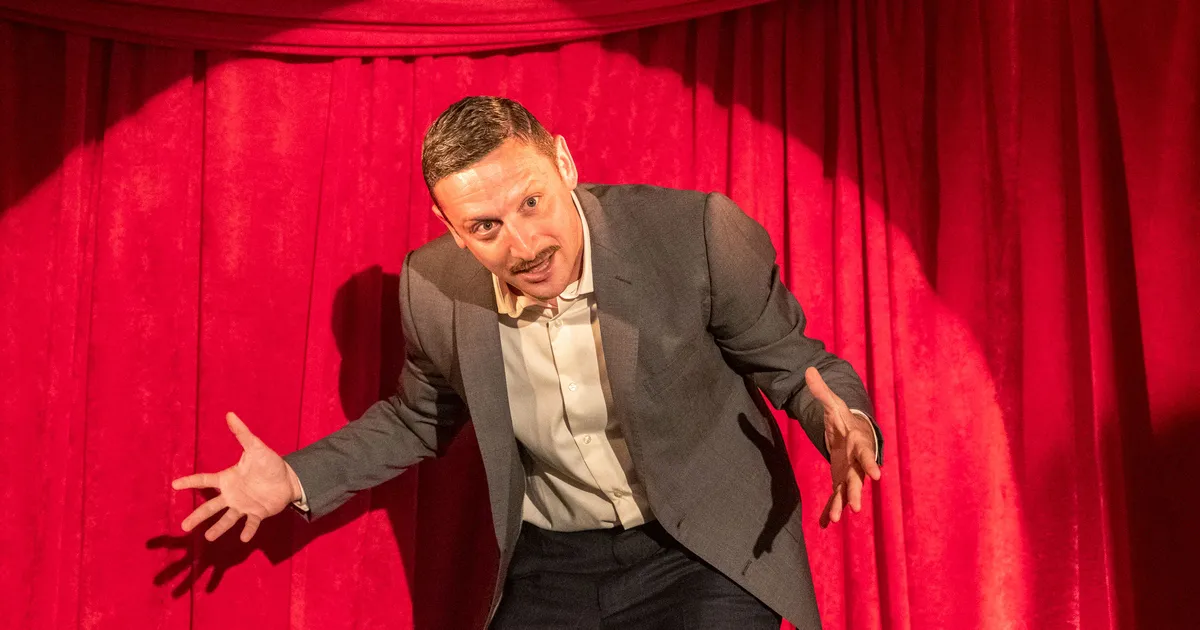
Adapting Online Sketch Comedy to the Stage
Upstartcrowthecomedy – In today’s entertainment landscape, the line between digital and live performance continues to blur. Creators who built massive followings online are now venturing into theaters, translating their viral humor into immersive stage experiences. The process of adapting online sketch comedy to the stage isn’t as simple as re-performing familiar material it’s a reinvention of rhythm, structure, and audience connection.
Audiences who once laughed behind their screens now crave real-time interaction. The challenge lies in capturing that same immediacy of digital humor while maintaining the authenticity of live performance. For comedians and theatre producers, adapting online sketch comedy to the stage becomes both a creative experiment and a masterclass in timing and transformation. The result is a fusion of the internet’s punchy pace and the theatre’s magnetic presence that feels alive in every moment.
Online sketches are built for short attention spans and quick scrolls, while live performances rely on energy, timing, and crowd participation. When adapting online sketch comedy to the stage, creators must rethink not only what gets laughs but how those laughs build momentum.
Key differences include:
Timing and pacing: Online sketches depend on sharp edits, while stage acts use physical rhythm and pauses.
Audience reaction: Digital comments arrive later; live audiences deliver instant feedback that fuels improvisation.
Physical space: On stage, movement and gesture replace camera angles and cuts.
Material length: A two-minute clip online can become a 10-minute performance layered with callbacks and transitions.
Connection: Translating parasocial bonds into genuine engagement defines successful stage adaptation.
While online audiences indulge in rapid content, theatre crowds savor each beat. This slower tempo changes how performers write, move, and connect. Adapting online sketch comedy to the stage demands balance between structure and spontaneity—between the precise and the unpredictable.
Performers who succeed at adapting online sketch comedy to the stage treat it as a creative reinvention. They borrow theatrical discipline while honoring their internet roots.
Proven strategies include:
Rewrite for the room: Adjust timing, dialogue, and pacing for live acoustics.
Use visual cues: Transform edits into physical choreography, lighting, or prop work.
Invite interaction: Let audience reactions reshape timing and punchlines.
Experiment with flow: Combine short sketches into one cohesive narrative arc.
Collaborate with theatre professionals: Directors teach spatial awareness and stage rhythm.
In adapting online sketch comedy to the stage, performers shift from filming to feeling. Every laugh, pause, and silence becomes part of a shared performance that no camera can replicate.
Around the world, digital creators are proving that adapting online sketch comedy to the stage can succeed both artistically and commercially.
Examples that inspire this movement:
The Try Guys and Smosh expanded from video sketches to interactive live tours.
Bo Burnham evolved from YouTube satire into full-scale theatrical performances blending music and meta-commentary.
Regional troupes now merge memes, improv, and audience participation to capture younger fans.
These performers aren’t repeating what went viral—they’re rebuilding it. By embracing live tension, physical comedy, and spontaneous dialogue, they turn once-digital jokes into emotionally resonant theatre.
Adapting online sketch comedy to the stage brings creative fulfillment but also real challenges.
Common hurdles include:
Losing the safety net of editing and multiple takes.
Coping with stage anxiety and unpredictable reactions.
Managing audience expectations that differ from online followers.
Balancing production demands such as lighting, sound, and logistics.
Avoiding creative burnout from juggling tours and content creation.
Yet the reward is profound: the chance to transform from “content creator” into “performer,” commanding laughter in real time instead of chasing algorithms.
As entertainment evolves, adapting online sketch comedy to the stage represents a thrilling convergence of technology and theatre. What began as short videos optimized for feeds is becoming live art that thrives on authenticity and connection.
Theatre delivers something digital spaces can’t—the echo of laughter shared in the same room, the electric unpredictability of presence. Those who master this art form aren’t abandoning digital culture; they’re elevating it, turning pixels into performance and followers into audiences.
This website uses cookies.